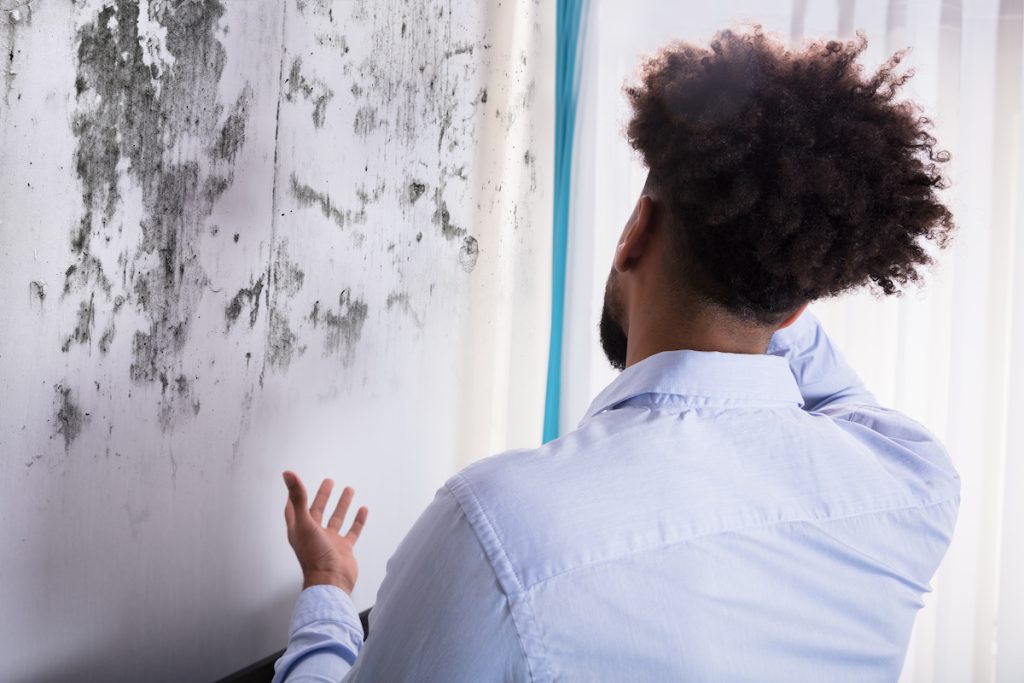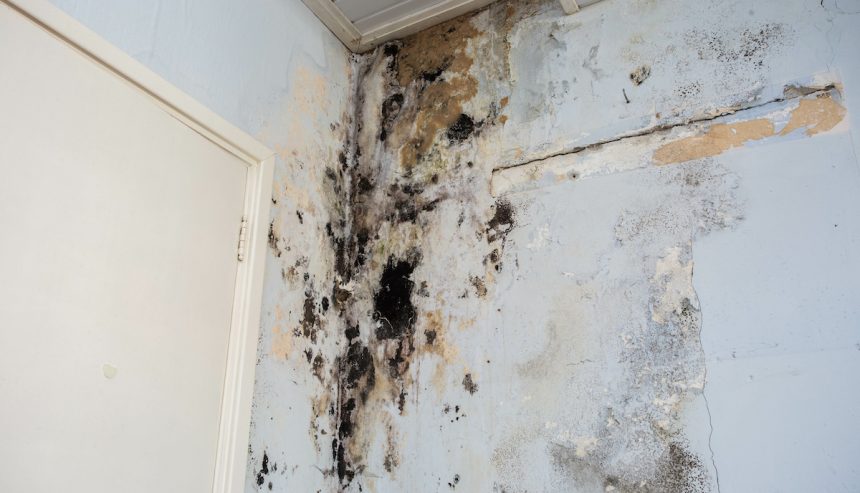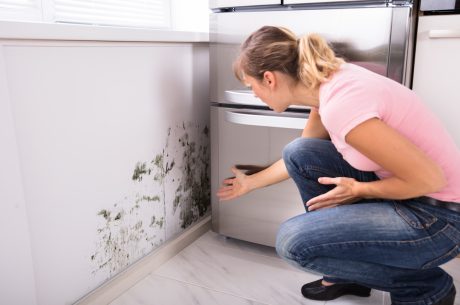Table of Contents
Mold can appear at any time, but certain seasons create the perfect storm for its growth. Knowing what time of year is mold worse helps you take proactive steps to keep your home or business clean, dry, and healthy year-round. In humid areas like Sterling, VA, fluctuating temperatures and high moisture levels make spring and summer the most vulnerable seasons for mold infestations.
In this guide, PuroClean Emergency Restoration Services of Sterling, VA explains what time of year is mold worse, how different seasons affect mold growth, and what you can do to prevent costly damage through proper ventilation, moisture control, and regular maintenance.
Why Mold Grows More in Certain Seasons
Mold spores are always present in the environment, but they need specific conditions to grow—primarily moisture, warmth, and organic material (such as drywall, carpet, or wood). Once these three factors combine, mold can begin spreading in as little as 24–48 hours.
In Sterling’s humid climate, the transition between seasons adds extra risk. During warm, wet months, outdoor humidity seeps indoors. In cooler months, trapped indoor moisture from heating systems and condensation creates localized hot spots for growth. Let’s look at how mold behaves throughout the year.

Spring: Melting Snow and Rising Humidity
Spring marks the start of the mold season in Northern Virginia. As temperatures rise, melting snow and increased rainfall saturate the soil and foundations around homes. This moisture often seeps into basements, crawlspaces, and walls.
Homeowners in Sterling often see the first signs of mold in April and May, especially after heavy spring rains. Water that leaks through roofs or basement walls may not dry quickly enough, allowing mold spores to take hold.
Prevention Tip: Inspect your gutters and downspouts in early spring to ensure proper drainage away from the foundation. Use a dehumidifier in your basement to keep humidity below 50%.

Summer: Peak Mold Growth Season
Summer is by far the worst time of year for mold growth. Warm air holds more moisture, and when combined with poor ventilation, it creates an ideal environment for mold colonies to thrive indoors. In Sterling, VA, high humidity and frequent thunderstorms contribute to damp conditions inside homes, particularly in kitchens, bathrooms, and attics.
Air conditioning systems, if not properly maintained, can also spread mold spores through ductwork. Any condensation inside ducts or on coils provides a perfect breeding ground for mold.
Prevention Tip: Clean your air conditioning filters monthly, inspect attic ventilation, and run ceiling fans or dehumidifiers to maintain airflow. The goal is to reduce moisture before it can settle.
Fall: Hidden Mold Behind Closed Windows
As outdoor temperatures cool, people tend to seal up their homes to preserve heat. Unfortunately, this also traps moisture indoors, especially if bathrooms or kitchens lack adequate ventilation. Fall rains can increase humidity levels, allowing mold to grow unnoticed behind walls, under carpets, or in ceiling corners.
Even though fall might feel drier, mold thrives in places where condensation forms—such as on windows or in uninsulated walls. For Sterling residents, September and October are common months to find mold developing in HVAC systems or basements.
Prevention Tip: Open windows periodically on dry days, clean window sills and vents, and check insulation in areas prone to condensation.
Winter: Indoor Mold from Heating and Condensation
While mold activity typically slows down in winter, it doesn’t stop entirely. In fact, indoor mold growth can worsen in tightly sealed homes that lack ventilation. When warm indoor air meets cold surfaces like windows or exterior walls, condensation forms—and moisture triggers mold growth.
Additionally, malfunctioning humidifiers or heating systems can increase moisture in the air. Sterling homeowners often see mold in areas where heat and moisture combine, such as near bathroom vents, around baseboards, or under carpets in basements.
Prevention Tip: Keep relative indoor humidity between 30–50%. Regularly inspect around vents, windows, and pipes for signs of condensation or dampness.
The Role of Humidity in Mold Growth
Humidity is the single most important factor in determining what time of year mold is worse. According to the Environmental Protection Agency (EPA), mold growth accelerates when indoor humidity exceeds 60%.
In Sterling, VA, summer humidity averages 70–75%, while winter indoor humidity can spike due to heating and poor ventilation. Monitoring indoor air with a hygrometer helps you detect early risk before visible mold appears.
| Season | Average Sterling Humidity | Mold Growth Risk |
|---|---|---|
| Spring | 60–70% | Moderate |
| Summer | 70–75% | High |
| Fall | 55–65% | Moderate |
| Winter | 40–60% (indoors) | Moderate to High (in damp spaces) |
How to Prevent Seasonal Mold Growth
No matter the season, keeping moisture under control is the most effective way to prevent mold. Simple home maintenance routines can make a major difference:
- Improve ventilation by using exhaust fans in bathrooms, kitchens, and laundry rooms. Running fans or briefly opening windows helps remove humid air from daily activities like showers or cooking, preventing condensation from building up.
- Fix leaks immediately, including roof drips, pipe leaks, and foundation cracks.Even small leaks can lead to mold growth. Inspect plumbing and roofing regularly and repair issues as soon as they appear to avoid hidden moisture problems.
- Clean regularly, especially in damp areas like showers, basements, and around windows. Wipe down surfaces and remove dust or soap residue that mold can feed on. Use mild cleaners or a vinegar-water mix for routine upkeep.
- Use dehumidifiers in humid months and ensure HVAC systems are inspected annually. Dehumidifiers help maintain indoor humidity between 30–50%, while annual HVAC checks prevent moisture buildup inside ducts or filters.
In Sterling’s mixed climate, alternating between hot, humid summers and cold, sealed winters makes consistent moisture control especially important.
Conclusion: Stay Ahead of Seasonal Mold
Understanding what time of year is mold worse helps homeowners in Sterling, VA take proactive steps before problems start. Mold growth can occur anytime, but it’s most aggressive during the warm, humid spring and summer months when moisture and poor ventilation allow spores to spread quickly. Managing humidity, repairing leaks promptly, and maintaining good airflow are key to prevention.
If mold does appear, don’t wait. PuroClean Emergency Restoration Services provides expert mold cleanup and prevention solutions for homes and businesses across Sterling and Northern Virginia.
Call (703) 579-8912 today to schedule a professional mold assessment and keep your property safe year-round.
FAQ: Seasonal Mold and Prevention
Q1: What time of year is mold worse in Virginia?
Mold is typically worst in late spring and summer when temperatures are warm and humidity is high.
Q2: Can mold still grow in winter?
Yes. Indoor mold often develops during winter due to condensation, leaks, or poor ventilation.
Q3: How can I prevent mold during humid summers?
Run dehumidifiers, clean air conditioners, and ensure airflow throughout the home to minimize moisture.
Q4: Does heavy rain increase mold risk?
Absolutely. Rain can cause leaks or seepage, especially in basements and attics, which encourages mold growth.
Q5: When should I call professionals for help?
If you notice recurring mold spots, persistent odors, or allergy symptoms, contact a certified remediation team immediately.
Summary
- Mold is worst in late spring and summer when humidity peaks.
- Sterling’s humid climate increases year-round mold risk.
- Moisture control and ventilation are the best prevention methods.
- Winter mold often forms from condensation and poor airflow.
- Call PuroClean of Sterling, VA for expert mold remediation anytime.
Check out these related blogs for deeper insights:



